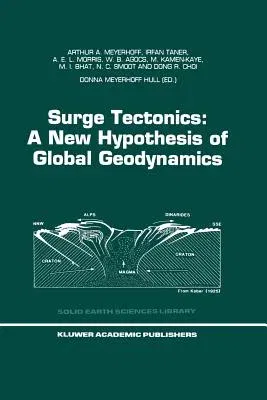Arthur A Meyerhoff
(Author)Surge Tectonics: A New Hypothesis of Global Geodynamics (Softcover Reprint of the Original 1st 1996)Paperback - Softcover Reprint of the Original 1st 1996, 20 September 2011

Qty
1
Turbo
Ships in 2 - 3 days
In Stock
Free Delivery
Cash on Delivery
15 Days
Free Returns
Secure Checkout
Part of Series
Solid Earth Sciences Library
Print Length
326 pages
Language
English
Publisher
Springer
Date Published
20 Sep 2011
ISBN-10
9401072787
ISBN-13
9789401072786
Description
Product Details
Authors:
Book Edition:
Softcover Reprint of the Original 1st 1996
Book Format:
Paperback
Country of Origin:
NL
Date Published:
20 September 2011
Dimensions:
23.39 x
15.6 x
1.85 cm
ISBN-10:
9401072787
ISBN-13:
9789401072786
Language:
English
Location:
Dordrecht
Pages:
326
Publisher:
Series:
Weight:
489.88 gm

